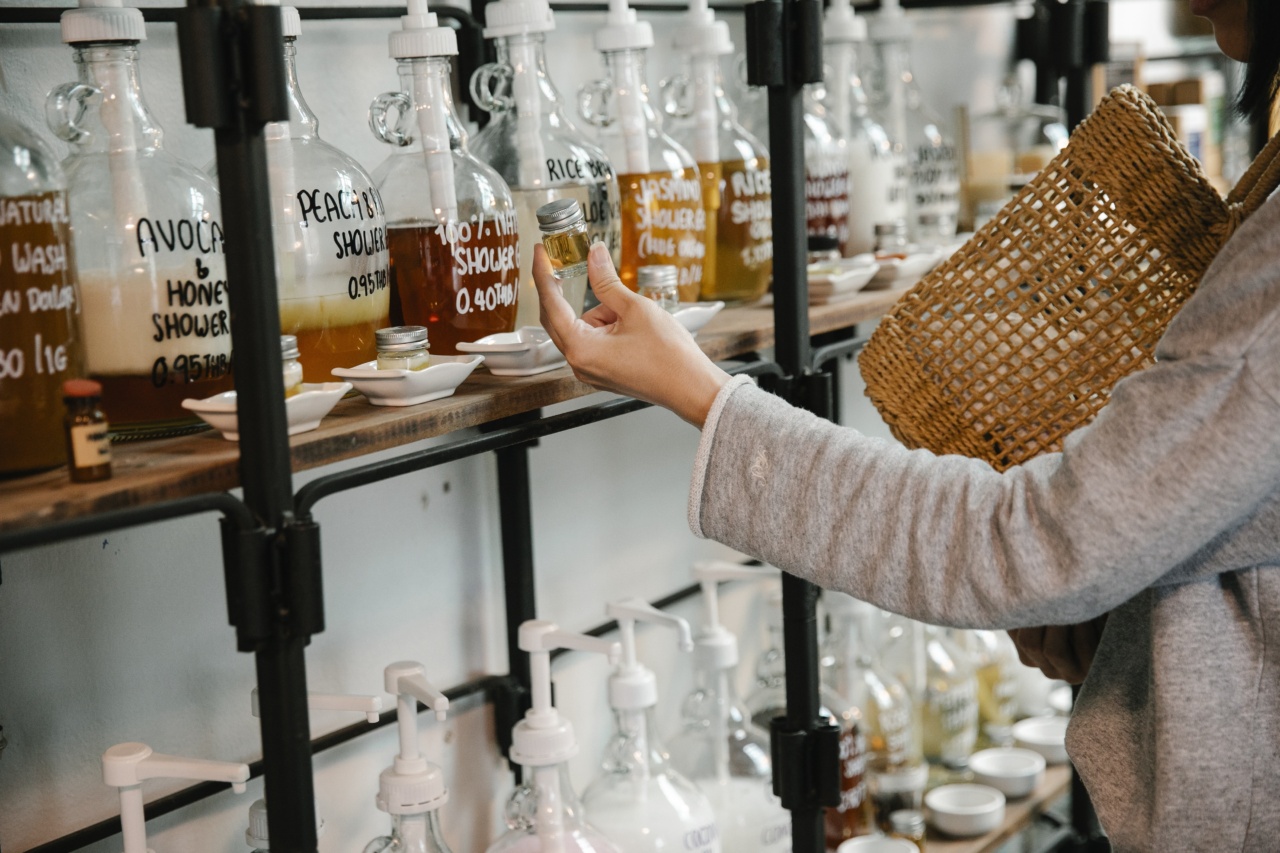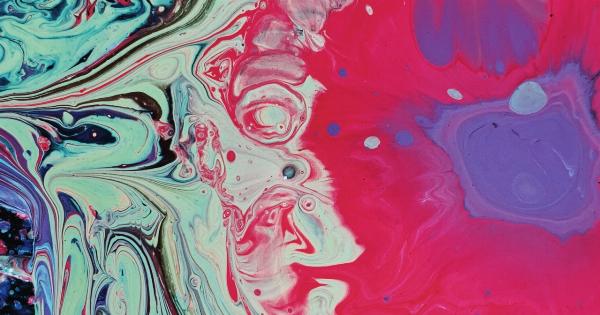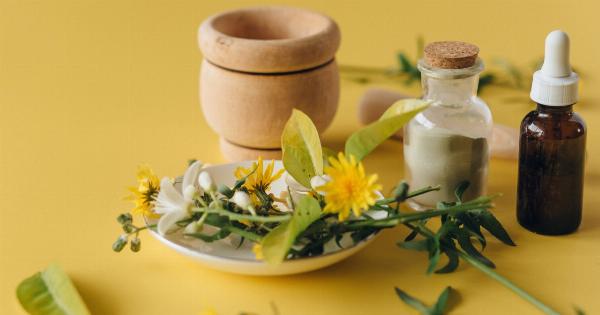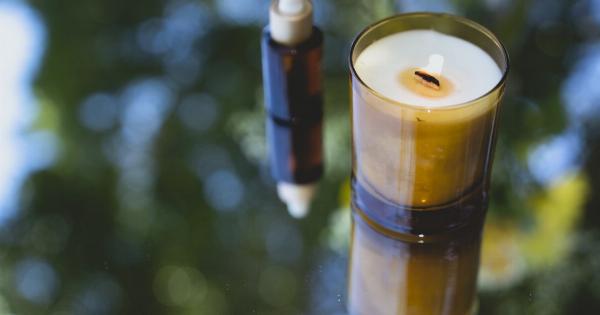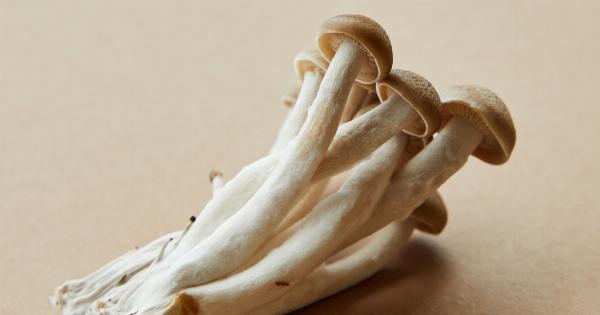When you pick up a bottle of shampoo at the grocery store, have you ever wondered what all those ingredients listed on the label actually mean? It can be overwhelming to decipher the long list of chemical names and complex scientific terms.
However, understanding the ingredients in your shampoo is crucial for making an informed choice about the products you use on your hair. In this article, we will delve into the world of shampoo ingredients, their purpose, and whether they are beneficial or potentially harmful.
1. Sodium Lauryl Sulfate (SLS) and Sodium Laureth Sulfate (SLES)
Sodium Lauryl Sulfate (SLS) and Sodium Laureth Sulfate (SLES) are surfactants commonly found in shampoos. They are responsible for creating foam and lather, which can give a satisfying cleansing experience.
However, these ingredients can be harsh and potentially irritating to the scalp. SLS and SLES can strip the hair and scalp of natural oils, leading to dryness and potential damage over time. If you have sensitive skin or scalp issues, it may be wise to seek out SLS/SLES-free shampoo options.
2. Parabens
Parabens are preservatives used in many cosmetic products, including shampoos. They help to prevent the growth of bacteria and mold, extending the shelf life of the product.
However, there is some controversy surrounding parabens due to their potential endocrine-disrupting properties. Some studies have suggested links between paraben exposure and hormonal imbalances, though more research is needed to fully understand the implications.
3. Silicones
Silicones are often added to shampoos to create a smooth and shiny appearance by coating the hair shaft.
While they can temporarily improve the look and feel of the hair, silicones can also build up over time, leading to dullness and weighing down the hair. Additionally, some silicones are non-biodegradable and may have detrimental effects on the environment. Look for “dimethicone-free” or “silicone-free” shampoos if you prefer to avoid these ingredients.
4. Fragrance
Fragrance is a common ingredient in shampoos and adds a pleasant scent. However, the term “fragrance” on a label can encompass a range of chemicals.
Manufacturers are not required to disclose the specific components of their fragrance blend due to trade secret laws. This lack of transparency makes it difficult to assess whether the fragrance contains any potential allergens or harmful substances. If you have sensitive skin or prefer to avoid undisclosed chemicals, opt for fragrance-free shampoos.
5. Cocamidopropyl Betaine
Cocamidopropyl Betaine is a surfactant that helps to create foam in shampoos. It is derived from coconut oil and is considered to be milder compared to SLS and SLES.
This ingredient can effectively remove dirt and excess oil without causing significant scalp irritation. If you have dry or sensitive skin, opting for a shampoo that contains Cocamidopropyl Betaine can be a gentler choice.
6. Herbal Extracts
Many shampoos boast herbal extracts like aloe vera, chamomile, or lavender. These extracts are often added for their soothing and nourishing properties.
While they can provide some benefits, it’s important to note that the concentration of these extracts in shampoo formulations may not be significant enough to yield substantial results. If you are specifically seeking the therapeutic effects of herbal extracts, it might be more effective to use them in their pure, concentrated form.
7. Formaldehyde-releasing preservatives
Some shampoos contain formaldehyde-releasing preservatives such as DMDM hydantoin, diazolidinyl urea, or quaternium-15. These preservatives work by gradually releasing small amounts of formaldehyde to prevent microbial growth.
However, formaldehyde is a known carcinogen and allergen, and prolonged exposure to it can have adverse health effects. If you are concerned about formaldehyde exposure, choose shampoos that explicitly state they are free of these preservatives.
8. Tea Tree Oil
Tea Tree Oil is a popular ingredient in shampoos due to its antifungal and antibacterial properties. It is believed to help combat dandruff, dry scalp, and certain scalp conditions such as seborrheic dermatitis.
However, tea tree oil can be irritating to some individuals, especially those with sensitive skin. If you have never used tea tree oil before, it’s recommended to do a patch test before applying it to your entire scalp.
9. Panthenol (Provitamin B5)
Panthenol, also known as Provitamin B5, is a humectant commonly found in shampoos. It helps to attract and retain moisture, which can improve the appearance and manageability of the hair.
Panthenol can also contribute to hair elasticity and strength, reducing breakage. It is a beneficial ingredient for individuals with dry or damaged hair.
10. Citric Acid
Citric Acid is frequently added to shampoos to balance the pH of the product. When the shampoo is too alkaline, it can cause the hair cuticle to lift, resulting in frizz and damage. By adding citric acid, the pH can be adjusted to a more optimal level.
Additionally, citric acid can help remove mineral buildup from hard water, leaving the hair feeling smoother and more manageable.
Conclusion
Understanding the ingredients in your shampoo is essential for choosing the right product for your hair and scalp needs.
While there are many potentially beneficial ingredients, it’s important to be aware of any potential irritants or harmful substances as well. Reading shampoo labels, researching ingredients, and experimenting with different products can help you find the best shampoo for your hair and overall hair care routine.
